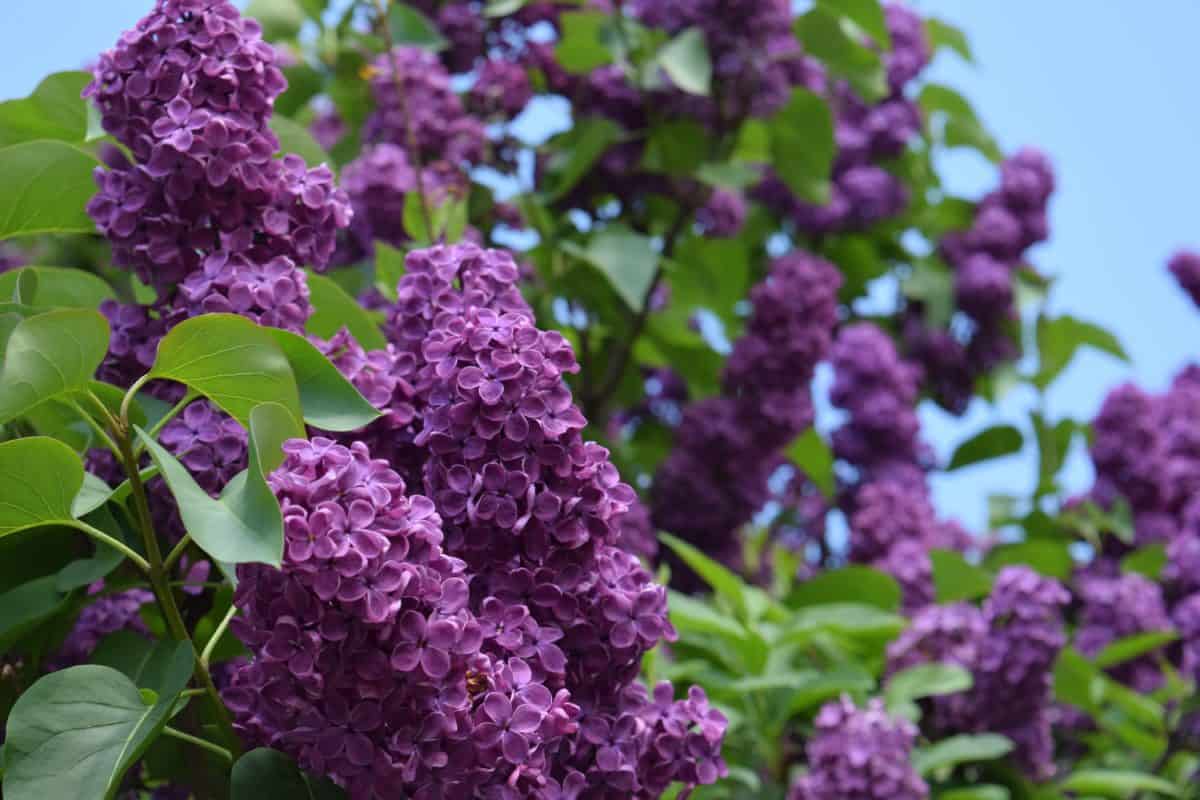
Looking for small trees for your garden? Well, there is a highly, highly recommended one that can withstand almost everything: moderate frosts, drought once it has established itself, and the heat typical of the Mediterranean, yes, the one that makes thermometers even show 40ºC. Its scientific name is Syringa vulgaris, although the names of lilac, lilac or common lilac may sound more familiar to you.
But regardless of what you prefer to call it, this is a plant that, really, more than a tree could be considered a small tree or large shrub, since it does not take up as much space as a tree itself. It's more, its adult size is ideal so that it can be grown in small or large gardens, and even in pots.
Origin and characteristics of Syringa vulgaris
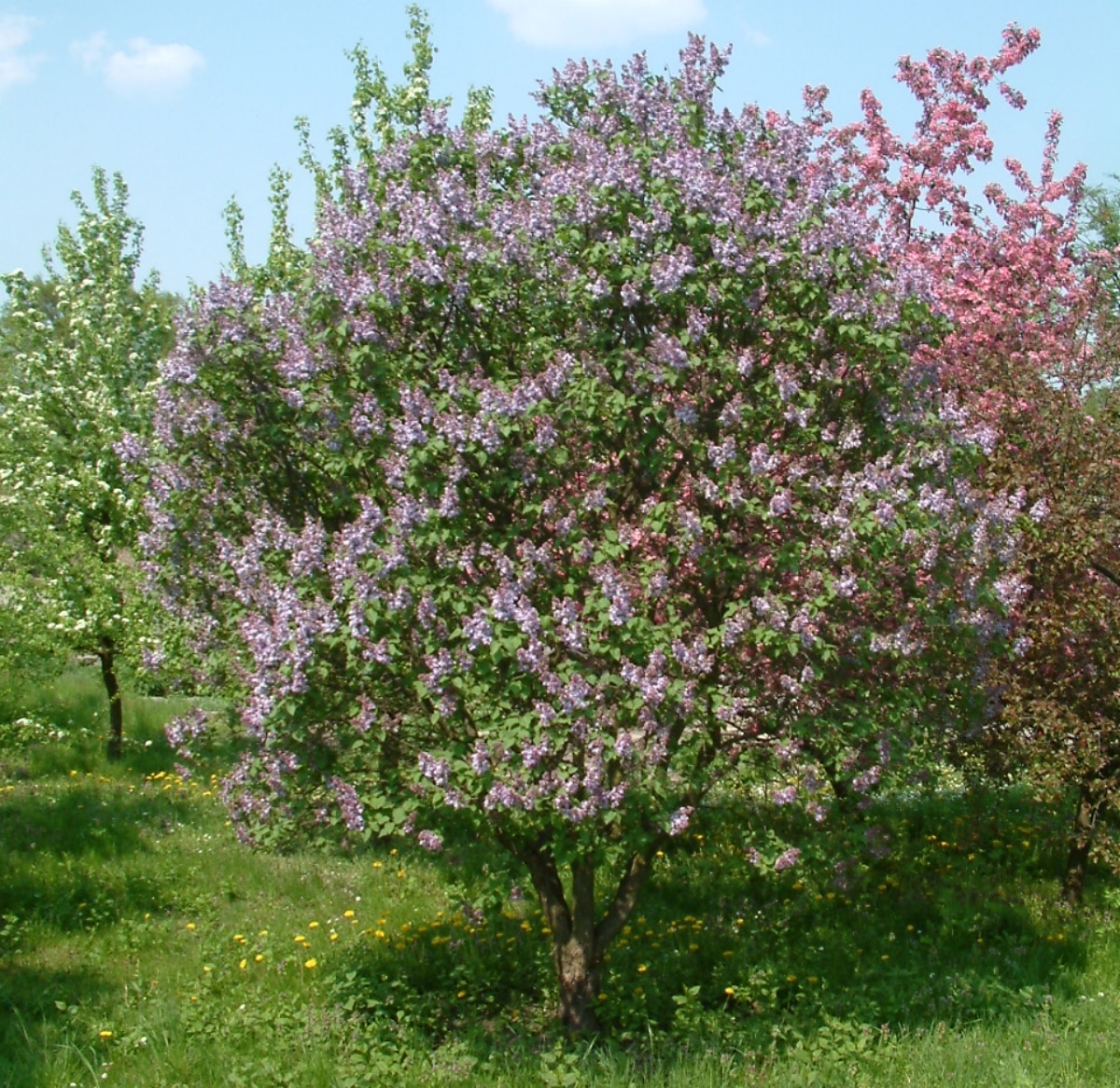
Image – Wikimedia/Radomil
La Syringa vulgaris It is a plant that grows wild in southeastern Europe, specifically in the Balkans. Reaches a height of 7 meters at most, and can have a single trunk, or several that come from the base or from the roots, with a thickness of about 20 centimeters. These have grayish bark, and as they age they crack.
Its leaves measure about 10 centimeters long by about 7 centimeters wide, are green to glaucous green, and are oval to cordate in shape. When the climate is temperate but on the cold side, such as the one in the north of Spain, or let alone in England, its leaves can turn orange or reddish before falling; but if it is temperate-warm, as in the Balearic Islands, it is normal for them to go from green to brown, and then fall off.
As for the flowers, they are undoubtedly one of its main attractions. Are they are grouped in inflorescences known as panicles 18 centimeters long. Each of them has a tubular base, they measure 1 centimeter in diameter and are pink, lilac, or white (the 'Alba' variety). The fruits are dry capsules that measure two centimeters, and that are divided into two parts when the seeds, which have wings so that the wind can take them away from their parents, are ripe.
Caring for the Syringa vulgaris
The lilo, or lilac, is a beautiful plant. I myself have two in the garden: white-flowered and lilac-flowered, and I definitely recommend having them. But I have noticed that during their youth they grow slowly. Mine during the first year they were in the ground hardly grew; the second I did notice that they were picking up pace, but even so until the third they did not increase their height much compared to the previous year.
Still, luckily it is a plant that is easy to find for sale, and with prices that are good -especially if we talk about small specimens-. For this reason, it is interesting to know how to take care of:
Location
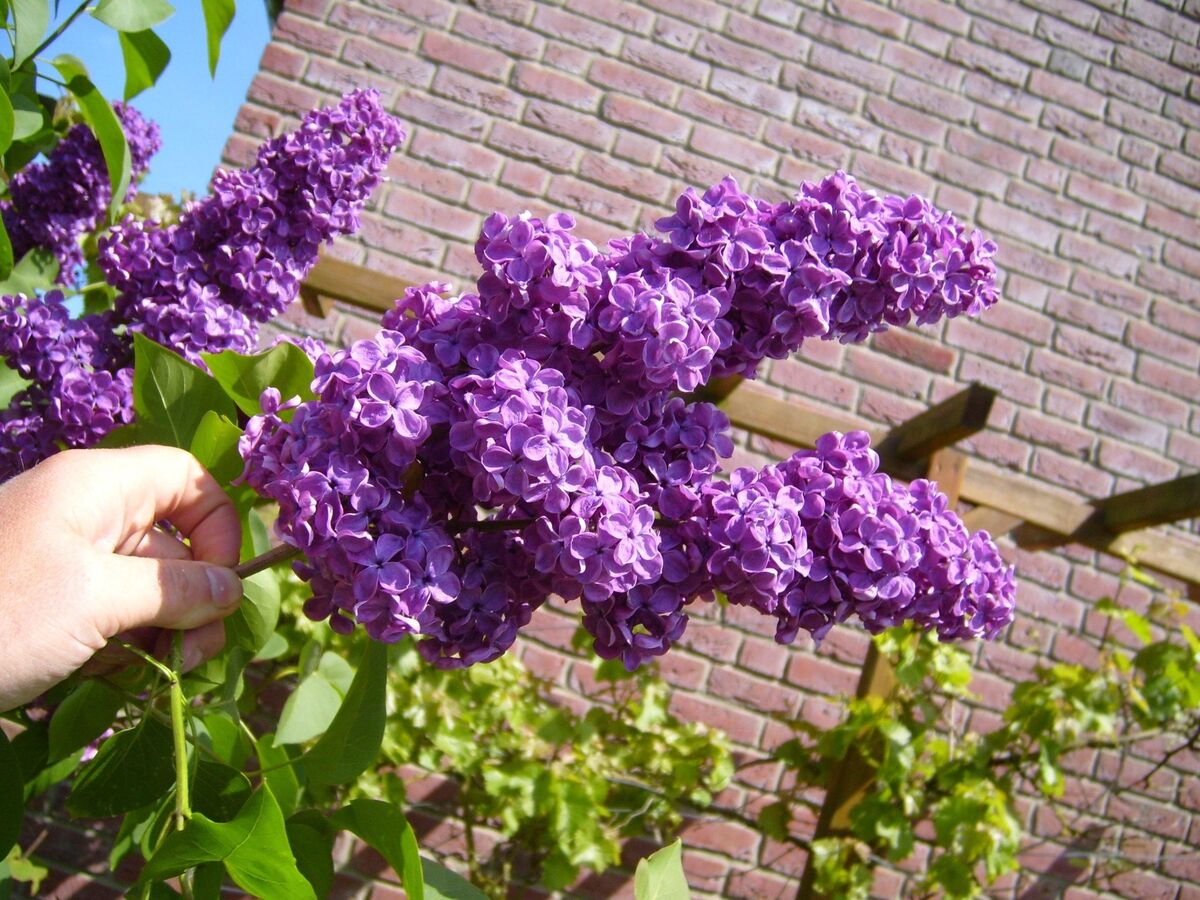
The plant has to be placed outside, if possible in a sunny place. But you don't know where exactly? Well, here are a few ideas:
- In a pot on the terrace or patio.
- As a tall specimen that welcomes the garden.
- As a specimen that breaks a little with the monotony of a hedge. For example, you can put every five cypresses, a lilac.
Earth
La Syringa vulgaris it is not very demanding. Even so it is important to know that if you want to plant it in the garden it will grow better if the soil is rich in organic matter, and if it is rather light. It has no problems in clay-alkaline soils, but in these I do recommend making a 1 x 1 meter hole, and fill it with a mixture of garden soil with perlite, either in equal parts or in a 7:3 ratio ( 7 parts earth to 3 perlite).
On the other hand, if you prefer to grow in a pot, you won't need to find a special substrate for it. The mixtures that are sold, such as the universal substrate for example (for sale here), are enough for the tree to be healthy.
Irrigation
How often to water the lilac? Well, in principle, whether it is in a pot or if it has been in the ground for a year or less, you have to water about twice a week during the warm season, that is, in spring and especially in summer; and in autumn and winter we will proceed to do it less frequently.
The plant that is in the ground and has been in it for at least a year, and if there are no droughts in the area, can be watered once a week.
Subscriber
You can pay with guano if you want (for sale here), which is a natural fertilizer and very rich in nutrients. You can also use chicken or cow manure, as long as it is already dry; or with compost. The best time is spring and summer, since that is when it is growing.
Multiplication
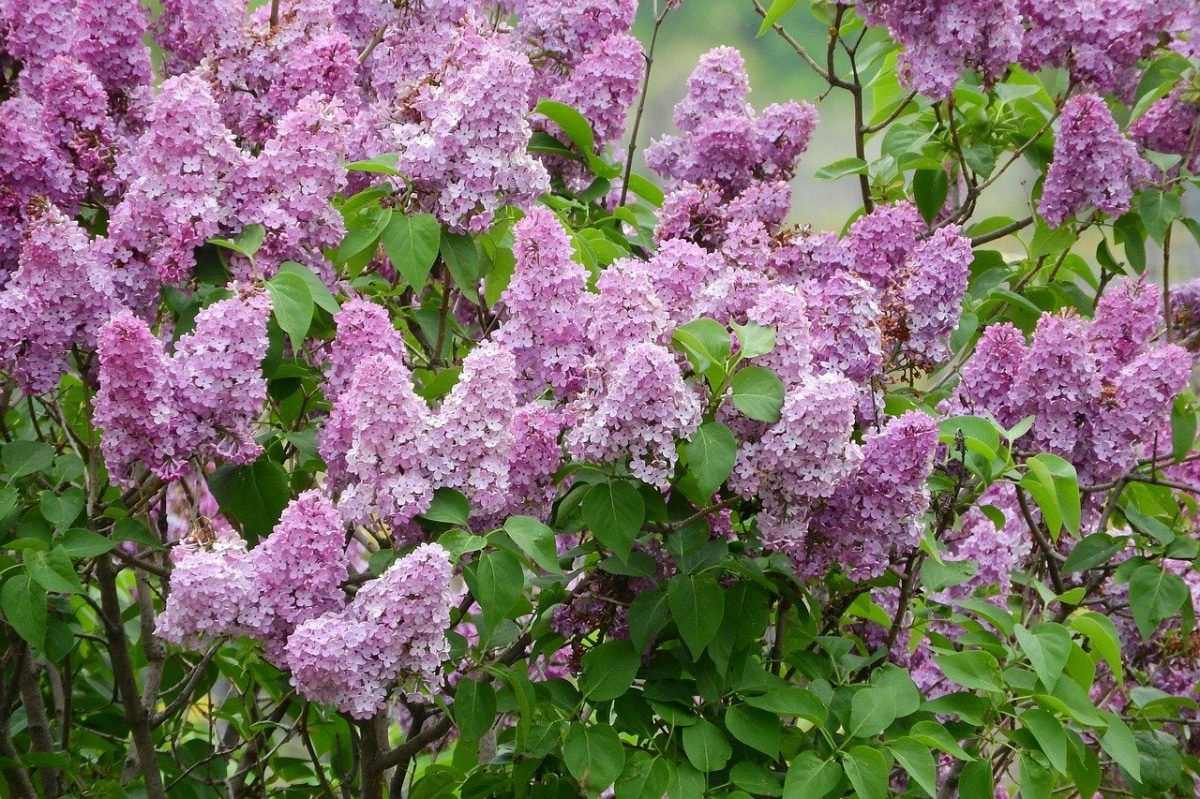
Lilac is multiplied by cuttings and seeds in spring:
- Cuttings: a piece of green branch about 20 centimeters long is cut, and the base is impregnated with rooting hormones. Afterwards, they are planted in a pot with previously watered vermiculite. It is also highly recommended to add a little sulfur so that the fungi do not spoil the branch. If it goes well, it will root in about 3 to 5 weeks.
- Seeds: these are planted in pots, with soil for seedlings. Then, they are covered with a thin layer of substrate, and the seedbed is placed outside, in semi-shade. They will germinate in about 30 days.
Pests
It is a tree that can have:
- Mites: basically affect the buds, but can also be seen on the leaves.
- Borers: they dig galleries in branches and trunks.
- Mealybugs: they feed on the sap of the leaves.
- Mining moth: they are caterpillars of about 8 millimeters that feed on the buds and dig galleries in the leaves.
The treatment consists of keeping the plant healthy, well watered and fertilized. But when there are symptoms, it is advisable to use specific insecticides for each pest.
Management
The most common are:
- Powdery mildew: it is a fungal disease that causes whitish or grayish spots with a kind of “dust” to appear on the leaves. It is treated with an anti-powdery fungicide (for sale here).
- Lilac Phytophthora: It is a fungus that causes necrosis of buds, leaves and inflorescences. The treatment is with a fungicide that is capable of eliminating the phytophthora (such as this)
- Virus: the leaves end with yellow spots; they are also deformed or warped. It has no cure. The only thing that can be done is to remove the plant.
Transplant
En spring you have to plant at Syringa vulgaris in a larger pot, or in the garden.
Rusticity
The lilac bears the cold up to -18ºC.
What did you think of this tree?
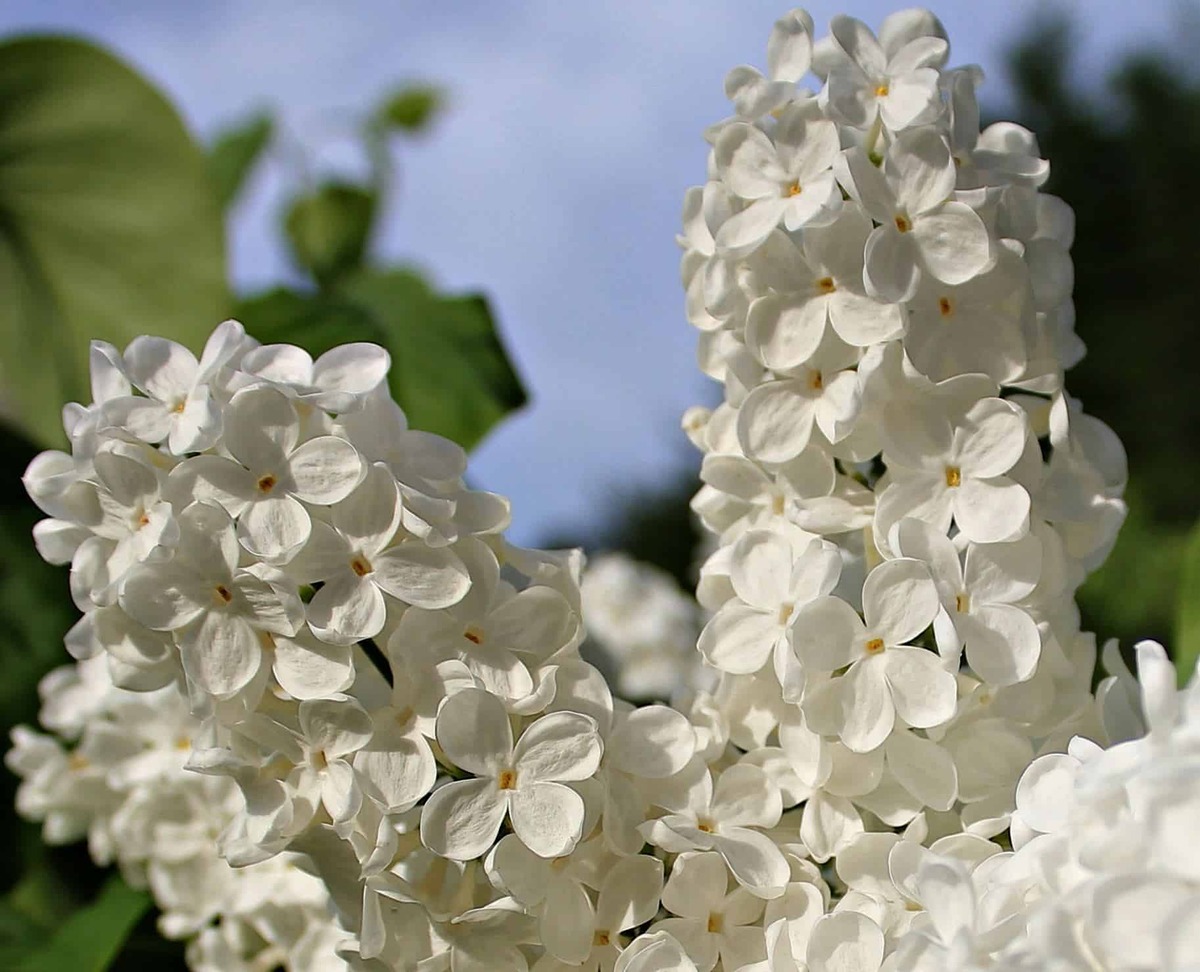
Hello
First of all thanks for the article.
I would like to ask you, I am from Mexico and a plant has grown in a pot that I have in semi-shade and I have not been able to identify it, so I resorted to one of those fashionable applications to identify it and it told me that I have a syringa because of the resemblance of the unique leaves, my question is can it grow in Mexico? Does it support tropical climate? I've never actually seen it around here.
Greetings from Merida.
Hello Roger.
From experience I can tell you that the heat of 30, or even 40 degrees Celsius does not harm it, but it does need water.
If you want, upload a photo to our group and we will help you identify your tree 🙂
Greetings.
Hello good, I would like to know how old they live, in my grandfather's house there is a lilac and it tells me that it was already big when he was a child, my grandfather is 96 years old so he must be more than 100 years old how much 120 years old and still keep blooming
Hello Mauricio.
Well, the truth is that I can't tell you how old they live. I thought they were around 100 years old, but after reading your comment I don't know what to think. Maybe 150 or so.
Regards!